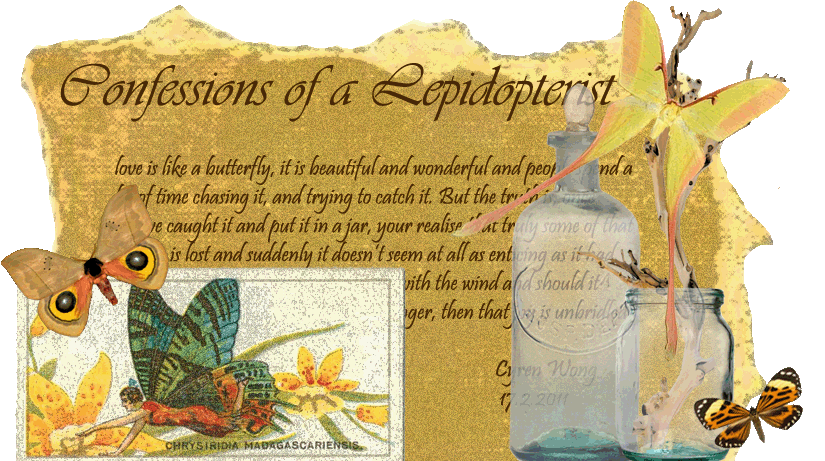Almost as quickly as it started to feel like handfeeding Yoshi was going to be a full time job, the little fellow surprised us by maturing at an alarming rate and has made our job as nurturing parents a lot easier since. Yoshi, who used to take as many as 30 feedings a day is down to an average of 18 - 25 feedings. Being naturally inquisitive and having that inquisitiveness encouraged by leaving a lot of edible "toys" lying around his enclosure has quickly taught him to take his own food and although I was worried that he was nibbling and spitting, more than actual eating, a close monitering of changes in his daily stool and elimination routine - or "poopology" has confirmed that some of the stuff he nibbles is certainly going down. I've tried feeling for the characteristic bulge in his crop in between feedings to ensure that he is eating but I can't seem to get the hang of it now that it has been completely fluffed over with his first coat of feathers. Anyway, Yoshi seems to be picking at his food more and more often which gives me great confidence that he is on his way to be well and weaned. In addition to the increased eating independence, Yoshi has also started growing more confident during his flying lessons. As might be expected, he has also started to refuse more feedings and is somewhat losing the necessary weight so that he can take wing. I have read that this is a critical stage for young birds and shall have to monitor his weight and eating habits accordingly.
Our flight training sessions usually consists of us both on the floor with Yoshi placed on a low stand. The "come" command, which I have already familiarized him with is repeated and he is encouraged to flutter a short distance off of his stand and on to my outstretched hands. Gradually, as he begins to achieve distance and altitude, the distance of my hand from the perch as well as the height of the perch are increased. I believe this exercise not only creates a nurturing and fostering environment for a young bird to build confidence in his own abilities and feel secure that the prime caregiver is there to offer support, but also to prepare him for later in life as a free-flighted bird.
Post by Cyren Asteraceya.

